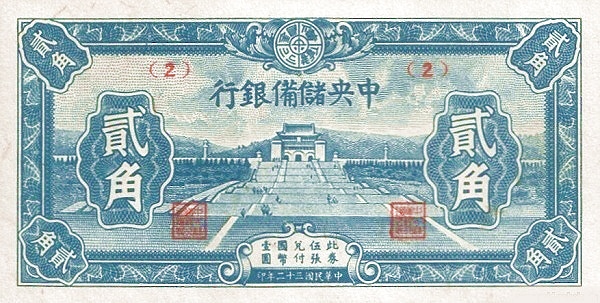Visiting academic, Li Ling-Fan, investigates the characteristics of European credit markets in the 17th century. Her research has revealed a surprisingly expansive and multilateral financial network. She also identifies the origins of Amsterdam’s later dominance of trade in international bills of exchange in the 18th century. The analysis reveals, for the first time, the geography of credit that underlay the early modern phase of globalisation.
Globalisation became a permanent commercial phenomenon in the seventeenth century, yet we know very little about the geography of credit that underpinned the intensifying trade. Was Italy still the dominant centre of European finance as it had been in the late Middle Ages? When did later financial centres such as Amsterdam and London begin to establish themselves within the network?
My project uses quotations of exchange rates in cities across Europe to reconstruct the European credit network in the seventeenth century. Linking cities together through exchange quotations reveals a surprisingly multilateral credit system. It also demonstrates how the seventeenth century witnessed a reorientation of the network away from Italy and towards north-western Europe.
Bills of exchange were the major international credit instrument as well as an efficient means of international payment. In the late sixteenth century, bills of exchange became fully negotiable, and a secondary market for trading in them evolved as a result. From that point, rates for bills of exchange were regularly quoted and issued in print across Europe.
These quotations allow us to construct an international credit network containing 77 European cities. More than half of the cities in this network did not provide exchange quotations, indicating either that they conducted their international finance through other cities, or their printed information has not survived. For the remaining cities, the number of cities being quoted ranges from 3 to 35. Eight cities provide exchange quotations for over 20 other cities: Venice (35), Verona (33), Amsterdam (30), Nove (27), Lyon (26), Piacenza (26), London (22), and Hamburg (21).
The geography of the international credit network in three subperiods of the seventeenth century is presented in Figure 1. The number of exchange links increased over time and was accompanied by the rise of financial centres in north-west Europe. However, international money and credit linkage did not extend outside Europe to support the contemporary expanding overseas commercial activities. Not until the nineteenth century did financial linkage between Europe and the Middle East, Asia and Africa emerge.

As shown in Figure 2, the seventeenth-century system had already achieved a high level of concentration: only 3-5% of the set of total possible links were active. While trade was conducted bilaterally, the underlying finance was likely multilateral.
Even though none of these active markets acquired a dominant position, seventeenth century international credit markets reveal a strong sense of egalitarianism. For instance, even though Venice was quoted in the largest number of cities, cities such as Verona, Amsterdam, and Nove were well connected to a comparable degree. While multilateral settlement was prevalent in the seventeenth century, no specific market was favoured, unlike Amsterdam in the eighteenth, and London in the nineteenth century.

That said, the flow of international credit was increasingly channelled through Amsterdam as the seventeenth century progressed. Here we are witnessing the emergence of the city’s later dominance of European finance. It is also notable that despite commercial activities being in decline, Antwerp maintained its position as an important financial market throughout the seventeenth century.
At the same time, the connectivity of the network was poor. On average, financial centres in the seventeenth century had a connectivity value of >2 (i.e., they could only be reached through more than two other cities). By the eighteenth and nineteenth centuries this figure had fallen to 1.8 or 1.9. Cities were less closely connected to the major financial centres than they would become later.
Whilst trade expanded rapidly in the 17th century, the evolution of the financial network was slow and old financial markets retained considerable control over the settling of international credit. Yet as the century progressed, connectivity slowly improved, and Amsterdam and London began their development into dominant financial centres.



